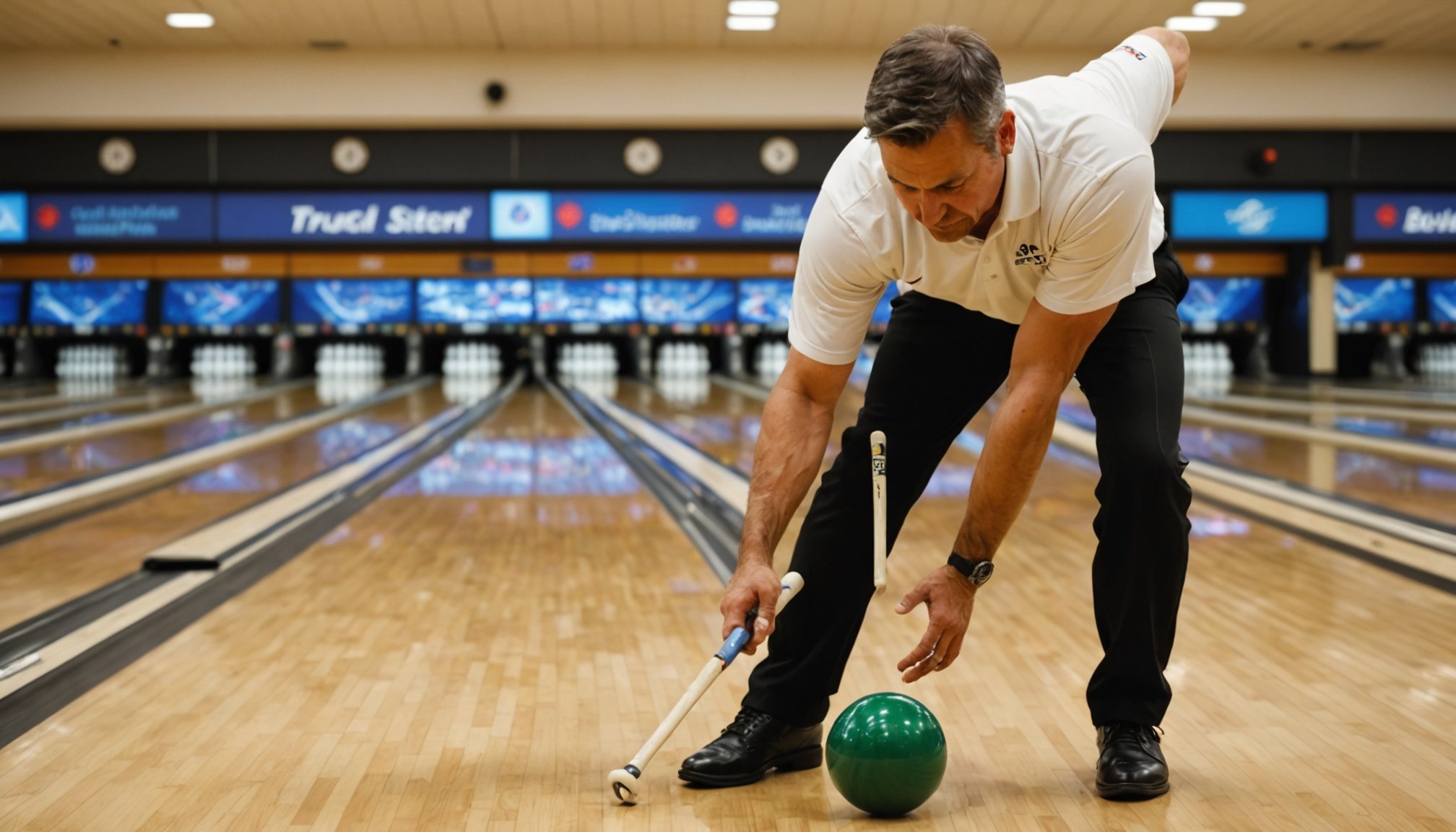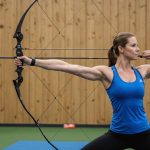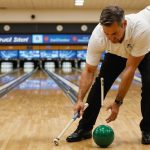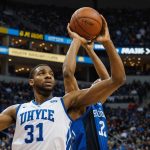Understanding Lower Back Pain in Bowlers
Lower back pain is a prevalent issue among bowlers, often resulting from a combination of factors. One of the primary causes is the repetitive motion involved in bowling, which places significant strain on the lumbar region. Additionally, poor bowling technique can exacerbate stress on the lower back. Misalignment during delivery or inadequate follow-through can lead to discomfort or injury over time.
Statistics highlight the extent of this problem. A considerable percentage of bowlers report experiencing lower back pain at some point in their careers, with some attributing it to inadequate preparation or technique. Bowling injuries don’t only affect performance; they can also lead to prolonged periods of inactivity if not properly addressed.
Also to see : Winning strategies: harnessing match play data to boost tennis performance
Understanding the mechanics behind these injuries is crucial for prevention. Focused efforts on improving bowling technique and incorporating comprehensive warm-up routines can mitigate the risk. By ensuring consistent adherence to proper form, bowlers can significantly reduce the chances of developing persistent pain. The impact of lower back pain not only affects a bowler’s physical ability but can also influence their psychological readiness, underscoring the necessity for effective cause of pain management strategies. Implementing practical solutions like these can enhance both performance and longevity in the sport.
Importance of Proper Bowling Form
A proper bowling technique is critical not only for performance but also for reducing the risk of injuries, particularly lower back pain. Biomechanics plays a significant role in ensuring that one’s form in bowling is efficient and safe. This involves understanding the kinetics and movements that affect the spine during a bowling delivery. Therefore, knowing the mechanics behind each motion can considerably lower the risk of pain.
Additional reading : Ultimate shoulder injury prevention: key strength training exercises every athlete should master
Key components of a proper bowling stance include maintaining a straight spine, ensuring the shoulders are level, and keeping the knees slightly bent for balance. These aspects can help distribute forces evenly across the body, minimizing stress on the lower back.
Common mistakes, such as over-rotation of the spine or incorrect follow-through, often lead to discomfort or injury. Correcting these errors through focused practice and awareness can promote a healthier bowling experience.
For injury prevention, bowlers are encouraged to consult with professionals to refine their form. Through expert guidance and regular practice, bowlers can enjoy their sport with reduced risk of pain, enhancing both performance and longevity in the game. Employing these strategies supports long-term health in the sport.
Effective Warm-Up Routines
Before beginning a game, integrating warm-up exercises is crucial for both performance enhancement and injury prevention. Proper warm-up routines increase flexibility and prepare muscles for the dynamic motions involved in bowling.
Dynamic Stretching Techniques
Dynamic stretching, as opposed to static stretching, helps in activating and loosening the muscles. It is particularly beneficial because it mirrors the movements you’ll perform while bowling. Movements such as arm swings, torso rotations, and gentle lunges increase blood flow and improve mobility, reducing the risk of muscle strain.
Sport-Specific Movements
Incorporating sport-specific movements in warm-ups tailors the routine to strengthen and prepare the muscles most used in bowling. These can include simulated bowling actions or shadow practicing, which help engage the right muscle groups and enhance overall performance.
Importance of Core Activation
Core activation exercises are indispensable in warm-up routines for their role in stabilizing and supporting the back. Simple exercises such as planks and pelvic tilts not only fortify the core but also improve balance and posture during play. A strong core is pivotal in absorbing the stress exerted on the lower back through various bowling motions, offering a safeguard against potential injuries.
Strengthening Exercises for Bowlers
Strength training is integral to building core strength and preventing injuries, especially lower back pain in bowlers. Focusing on the muscles that support the spine can significantly reduce injury risk and enhance performance. Exercises such as squats, lunges, and deadlifts target the core and legs, which are crucial for stabilising the body and maintaining balance during a bowl.
Recommended Exercises
- Planks: Strengthen the core without placing strain on the back.
- Deadlifts: Improve lower back strength and stability.
- Lunges: Enhance balance and leg strength, essential for bowling stance.
At-home vs. Gym-based Routines
Both at-home and gym-based routines offer benefits. At-home workouts suit those with busy schedules, requiring minimal equipment like resistance bands or dumbbells. Meanwhile, gym-based sessions provide access to machines and a wider range of weights, allowing for progressive overload to build strength effectively.
Monitoring Progress
Tracking your progress is vital for injury prevention. Regular assessments of strength improvements and form checks ensure that exercises are performed correctly, reducing the strain on the lower back. By consistently monitoring progress, bowlers can maintain a healthy balance between performance enhancements and injury management.
Stretching Techniques to Reduce Back Pain
Stretching is a fundamental practice for bowlers aiming to prevent injuries and enhance flexibility. Incorporating a flexibility routine not only prepares the body for the physical demands of bowling but also helps in injury management.
Static vs. Dynamic Stretching
Understanding the difference between static and dynamic stretching is vital. Static stretching involves holding a stretch for a period, aiding in muscle relaxation and elongation. It is beneficial post-activity to cool down. Conversely, dynamic stretching includes controlled movements such as arm swings and leg kicks, suitable for warming up as it improves energy flow and prepares muscles for activity.
Target Areas for Bowlers
Focusing on key muscle groups can significantly impact a bowler’s physical condition. Prioritise stretches for the lower back, hamstrings, and shoulders to support bowling motions. Engaging these areas helps in maintaining balance and reducing strain on the back.
Stretching Schedule
Developing a consistent stretching schedule is crucial. Integrate dynamic stretches before bowling and static stretches after. This balanced approach ensures muscles are adequately primed and recovery is facilitated, thereby aligning with effective injury management strategies. Consistency in following this schedule aids in prolonged performance sustainability.
Nutrition and Hydration for Bowlers
Maintaining optimal nutrition and hydration is essential for bowlers striving for peak performance and injury prevention. Proper nutrition plays a crucial role in muscle recovery, ensuring that the body rebuilds and strengthens tissues effectively after rigorous activity. Consuming a balanced diet rich in proteins, carbohydrates, and healthy fats can provide the necessary fuel for physical exertion and aid in recovery.
During bowling sessions, hydration is vital in maintaining performance levels and preventing muscle cramps. Dehydration can lead to fatigue and decreased muscle efficiency, increasing the risk of injuries. Bowlers should aim to drink water consistently throughout the day, not just during games, to maintain optimal fluid balance.
Suggested Dietary Tips
- Protein-rich foods: Consuming lean meats, fish, or plant-based proteins supports muscle repair and growth.
- Complex carbohydrates: Whole grains and fruits provide sustained energy release, crucial for prolonged activities.
- Healthy fats: Include nuts, seeds, or avocados to support overall bodily function.
Implementing these dietary tips, along with regular hydration practices, can significantly enhance a bowler’s endurance and resilience against injuries. Prioritising nutrition and hydration aligns with an overall strategy to support sustained performance and well-being in the sport.
Expert Advice and Testimonials
Exploring expert opinions and real-life bowler experiences can provide significant insights into injury insights and back pain prevention strategies specific to bowlers.
Interviews with Sports Therapists
Sports therapists often highlight the importance of a comprehensive approach to managing bowling injuries. They advocate for balanced routines that include both physical conditioning and mental readiness. Implementing techniques like regular warm-up exercises and maintaining a flexibility routine are widely recommended to minimize the risk of lower back pain. Therapists also emphasize individualized care plans, as each bowler’s needs can vary significantly.
Case Studies of Successful Injury Management
Bowler case studies reveal patterns in successful healing. Many have benefited from focusing on strengthening exercises and biomechanically sound techniques. Incorporating expert advice into daily routines, these bowlers have managed to overcome persistent issues and return to peak performance levels, demonstrating the power of tailored interventions.
Tips from Professional Bowlers
Professional bowlers often share insights on maintaining health, underscoring the importance of core strength and proper bowling technique. Adhering to structured routines, staying hydrated, and consulting with professionals regularly are frequently recommended practices. These athletes lead by example, showcasing how dedication to health can enhance both longevity and success in the sport.
Conclusion and Call to Action
Bowling longevity begins with injury prevention through a combination of disciplines. Emphasising proper form, nutrition, and hydration are foundational strategies for bowlers. By actively integrating optimal techniques and routines, individuals can reduce the risk of injury while maintaining peak performance levels.
Bowlers are encouraged to implement solutions such as regular warm-up exercises, core-strengthening routines, and a well-rounded diet. This holistic approach not only enhances performance but also supports overall well-being, allowing for a longer, healthier career in the sport.
To sustain the health benefits and optimise performance, consider joining a community where shared experiences and expert insights can offer ongoing support. Engaging with fellow bowlers and professionals fosters a proactive environment of learning and growth, keeping health maintenance strategies current and effective.
Adopting these practices aligns your activities with the best techniques for long-term health. With proper attention to form and physical conditioning, bowlers can enhance their sport experience. Building a community around these principles further solidifies commitment to health, enabling bowlers to enjoy continuing success and reduced injury risk over time. Prioritising these choices can lead to significant improvements in both personal well-being and sport enjoyment.
















